A vision for a seamless, smart, and ubiquitous charging experience.
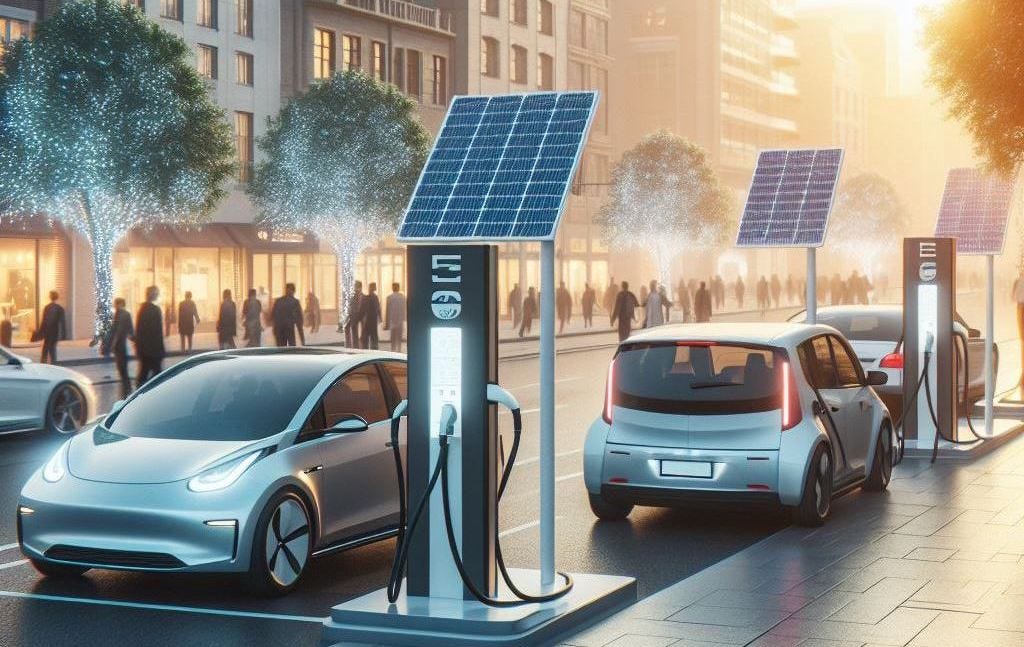
Over the past few years I’ve been working as a Product Designer for various companies in the mobility industry, in both the private and public domains.
Mobility and transportation account for more than 20% of the global CO2 emissions. Therefore, the path towards a sustainable society must pass through the rapid decarbonisation of these sectors.
While the EV customer base is growing and new and more efficient electric car models are entering the market, the charging experience still faces big challenges.
Easier access to charging services and a smoother charging experience are two essential keys to increasing EV adoption and pivoting away from ICE-based mobility.
In this article:
- I explore the current state of the EV charging industry and the challenges EV drivers are facing
- I outline my vision for the future charging experience.
Disclaimer: The following opinions are based on my observations and are not meant to be a comprehensive analysis nor a forecast of the EV charging market.
Access to charging becomes ubiquitous
In addition to the purchase cost, access to the charging network and range anxiety are still the top factors influencing EV adoption.
With electric vehicles becoming more affordable in the future, the charging offer needs to keep up with the increasing demand.
Today…
Finding an available charging station is still a challenge, even in dense areas. The availability of charge points heavily depends on time and location. Most of EV drivers plan their stops in advance when going for longer trips. Deviation from the planned route to find available or faster charge points are not uncommon.
In the future…
EV drivers won’t need to worry about planning charging stops in advance, because charging will happen every time the car is not in use.
A better network coverage will make this possible at most places where cars are parked. In fact, one of the biggest benefit of charging over-fueling is that the former doesn’t require large facilities (with high investment, installation and maintenance costs), but it can be offered everywhere there’s access to the grid.
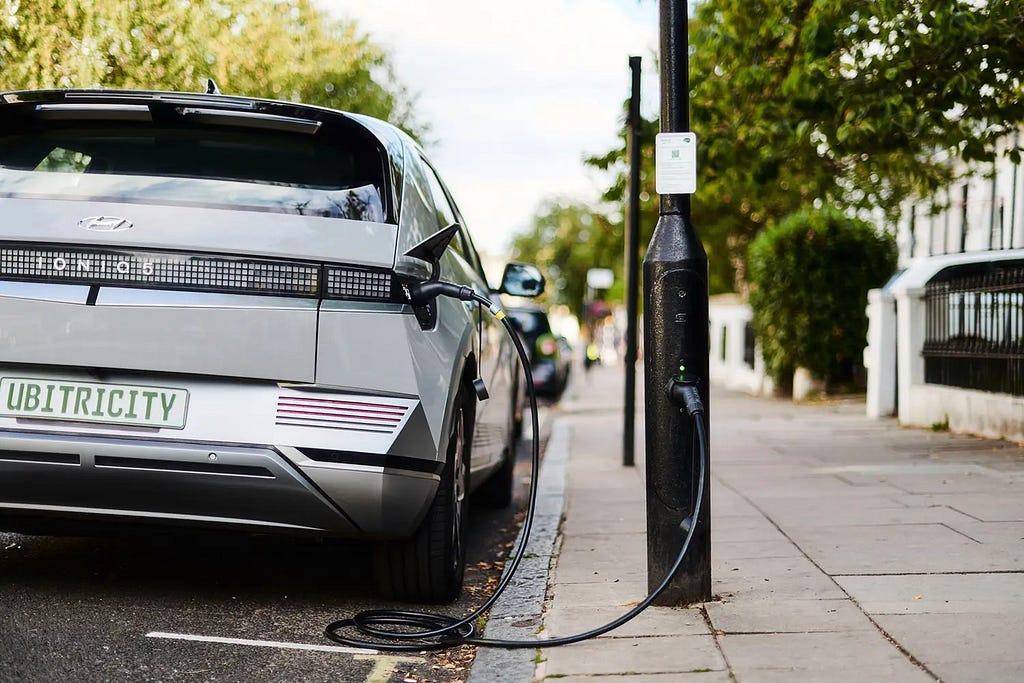
Instead of actively driving to a fuel station, EV drivers will utilise parking stops to recharge their vehicles, whether at home, at work or outside a grocery shop.
👉 The mental model will shift from “I need to stop in order to charge” to “I charge since I had to stop”.
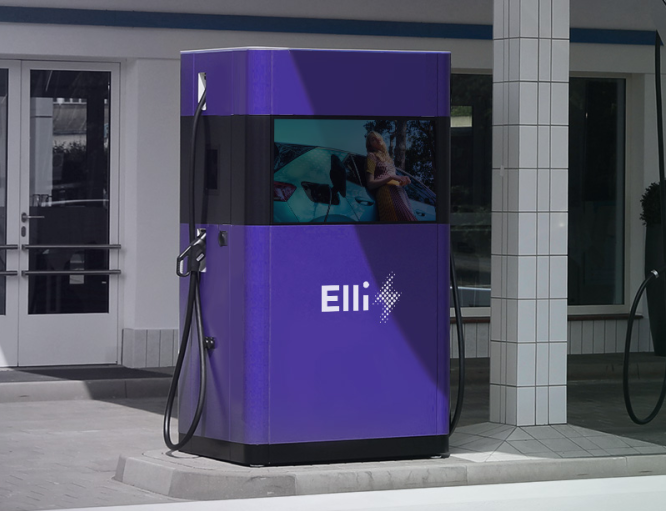
This will create new opportunities for businesses, which will integrate charging services into their acquisition and retention strategies, offering loyalty programs and charging credits as benefits to their customers.
Charging interfaces become smarter
Alright, a better network will make it easier to find a charge spot, but how do I make sure I find the one that fits my needs?
Today…
As an EV driver I often have to put a lot of effort to make sure I end up charging in a convenient place.
If I’m using an e-MSP app, my tasks usually require to:
- Enter a location
- See charging stations available along a route or at destination
- Filter for type of chargers, speed, operator, nearby services, etc..
- Save the station information or directly start the navigation
What happens if a charge point gets broken or occupied before I get there?
In most cases you have to start everything over..
In the future…
Smart systems will anticipate user needs and reduce manual inputs to the bare minimum.
In the best case, EV drivers just have to care about the destination and let the system (e.g. the app or car interface) handle the rest, providing the best charging options based on the current range, the available stations and the driver’s preferences.
I won't even need to ask the future AI assistant to find me the next charging stop because it will already have suggested one to me.
When driving for a long family trip, the system would suggest a charging stop over lunch time, with food services and maybe a playground area.
It might also suggest more frequent stops and shorter charges when travelling with kids.
If it’s raining, it would prioritise options with roofed stations.
If I care about lower prices rather than premium services it would vary the suggestions criteria based on my needs.

What if the station gets occupied while I’m driving there?
The system will notify me and suggest alternative options before I get there. If the availability is low within the range or at the time of arrival, the system will take this into account and propose me an alternative route or options to reserve a station for an extra-fee.
The interaction will take place as a natural conversation, minimising distractions and cognitive overload during the drive.
👉 Smart systems will make planning for charging stops obsolete, providing timely suggestions based on the context and the users preferences.
Charging becomes seamless
Ok, I finally arrived at the charge spot I wanted to, and I’m ready to charge.
Now what?
Today…
There are a lot of unexpected surprises that can disrupt the charging journey of an EV driver. Just to name a few:
- The charge point that my MSP app showed as available is, in reality, occupied or broken
- I try to plug the connector and start the charge, but nothing happens
- None of my charging cards work, and there’s no direct payment available
- The Customer Care service can’t help
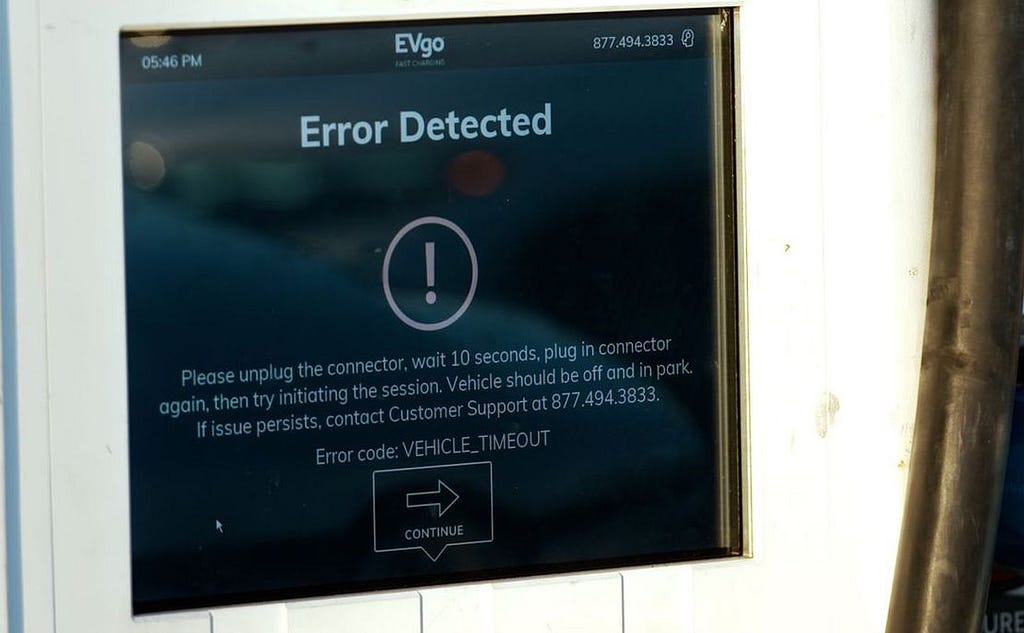
One of the reasons behind this broken experience is the current market fragmentation and the dependencies among the different industry players, particularly:
- e-MSPs (e-Mobility Service Providers) who offer charging contracts and services to EV drivers and connect them to the charging network
- CPOs: (Charge Point Operators) who install and operate charging stations
- OEMs (Automotive Manufacturers) who are responsible for the vehicle hardware and software.
In the future…
As an EV driver, I expect to arrive at a station, plug the connector and start charging. Most stations support Plug&Charge and the system takes care of the authorisation.
If I don’t have a charging subscription or the charge point is not part of my MSP network I can use direct payment either via car or app.
This should not be more complicated than checking out at the supermarket using Apple or Google Pay.
What if something goes wrong?
The system analyses the fault and provides me guidance to the next steps.
Car, app and stations are seamlessly connected and states and information stay consistent along the whole journey.
As an example:
- I can start my journey in the car interface by choosing to navigate to a specific charging station.
- At the station, I plug the cable and the session immediately starts using my preferred payment method.
- While I’m at lunch I can monitor the state of charge on my phone.
The app tells me when the charge is enough to reach the next destination or if something went wrong and I need to take action.
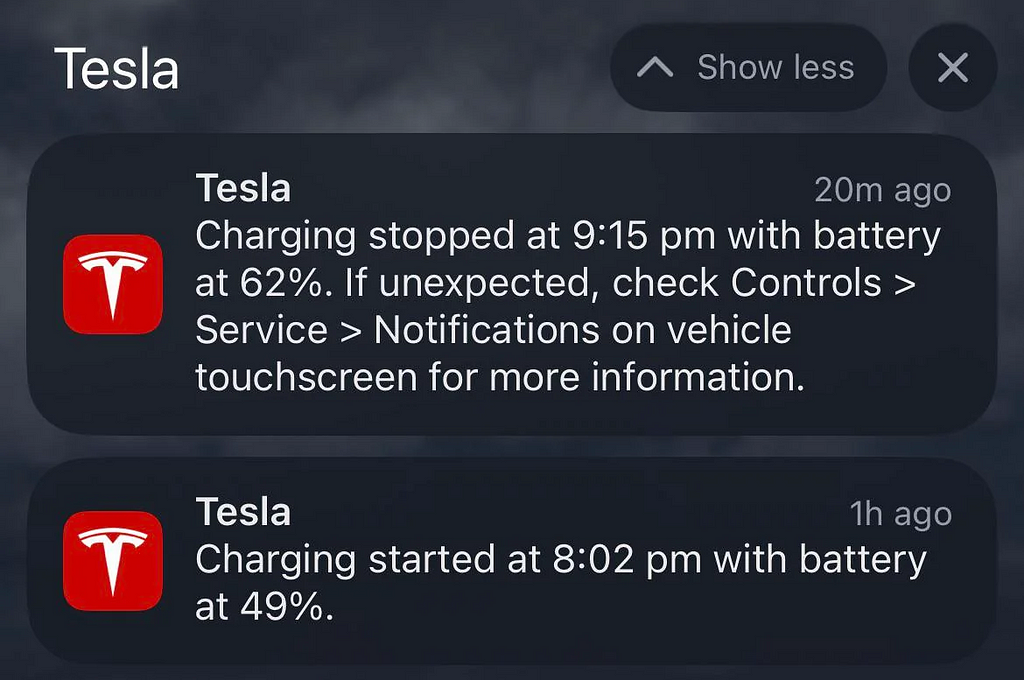
Of course, reaching such a seamless flow of information will require a much better integration across systems and better protocols and standards.
The industry players who have control on all touch points along the customer journey (e.g. car software, charging app, CPO network) will have a competitive advantage over the others.
👉 EV drivers will adopt charging solutions that can offer them a seamless experience minimising errors and disruptions along their journey.
Charging becomes an integral part of the energy ecosystem
Finally, with more EVs on the streets and more people using charging services, optimizing the grid load will become essential to scale the system.
Today…
Today most of the providers for public charging services offer fixed energy prices.
As an EV driver, I need to decide if it’s more convenient to go for direct payment or use a charging plan, depending on my driving / charging habits.
The energy market, though, is very volatile, and fix price models are not able to match and optimise offer and demand, especially during peak times at certain locations.
In the future…
Public charging will follow the trends we’re seeing today for residential charging and adopt more and more dynamic prices.
Cost per kWh will vary at location and hourly level. Charging operators will use flexible prices to distribute the demand across different locations during peak hours and steer customers to charging during off-peak times.
Smart systems will be able to analyse and forecast charging patterns and energy production in a given area and provide suggestions on when and where to charge at the most convenient price.
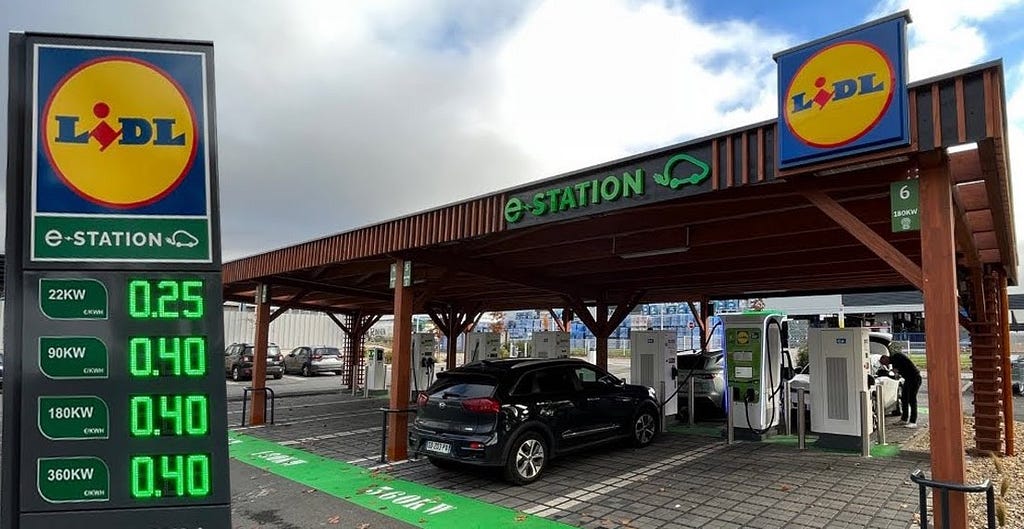
👉 Dynamic prices will become an important factor in influencing charging habits, mitigating grid overload and optimising distribution within the energy ecosystem.
TL;DR
Access to charging services and a smoother charging experience are two key factors that will shape the mobility of the future.
I imagine a future where:
- Access to charging becomes ubiquitous
- Charging interfaces become smarter
- Charging experiences become seamless
- Charging becomes an integral part of the energy ecosystem
If you’re also passionate about mobility topics and enjoyed this post, feel free to leave a comment below or write me at @pierluigirufo. Looking forward to hear your feedback! 🙌
The future of EV charging UX was originally published in UX Collective on Medium, where people are continuing the conversation by highlighting and responding to this story.


Leave a Reply